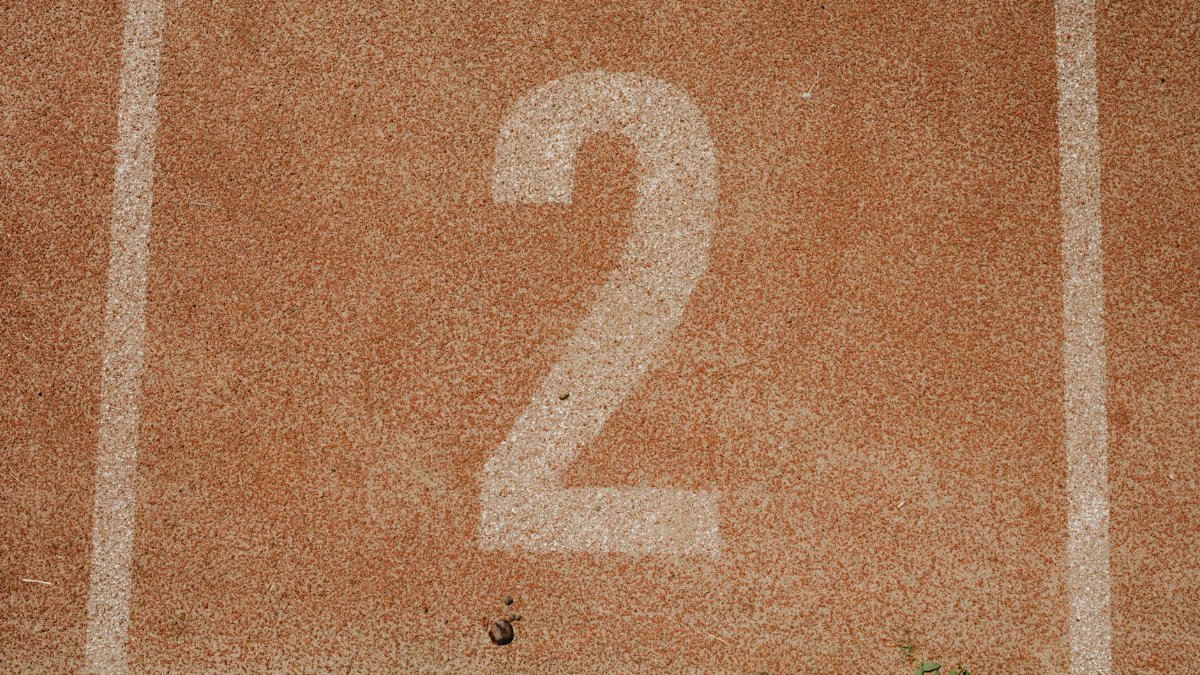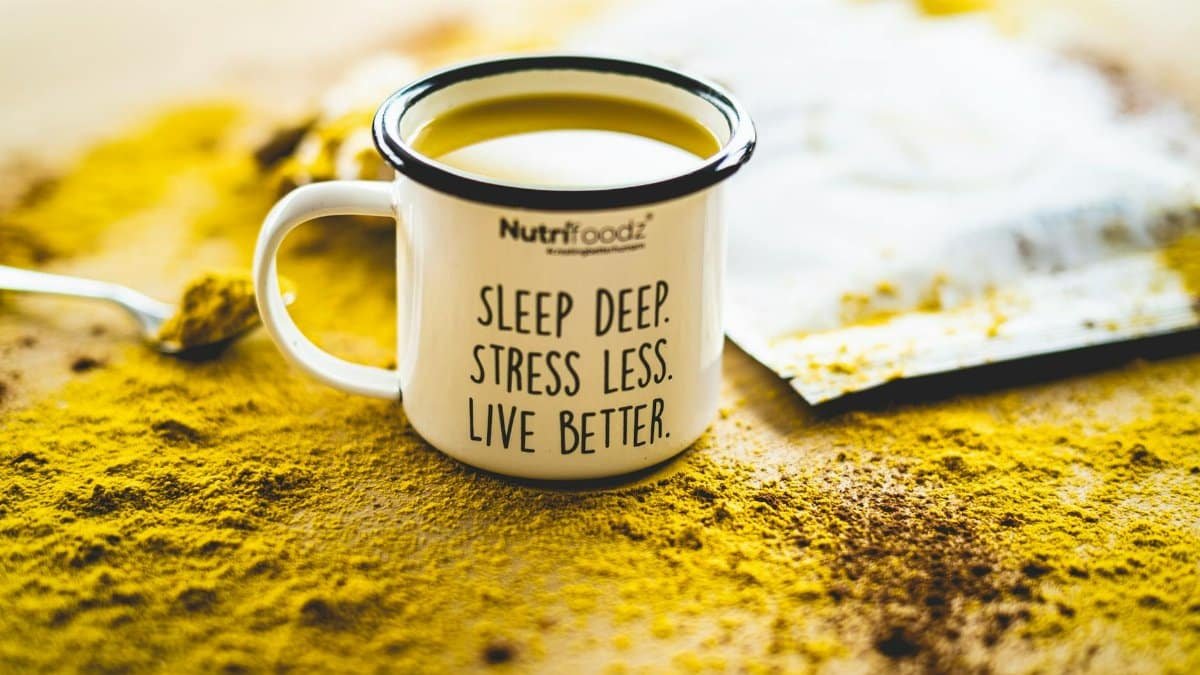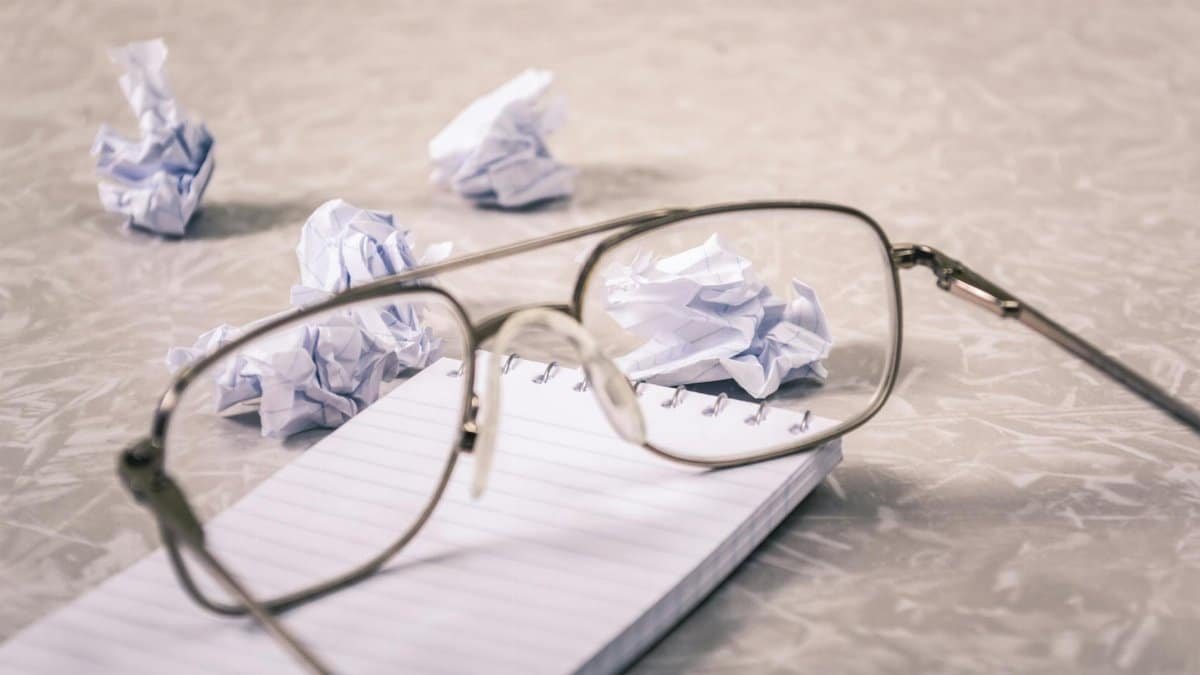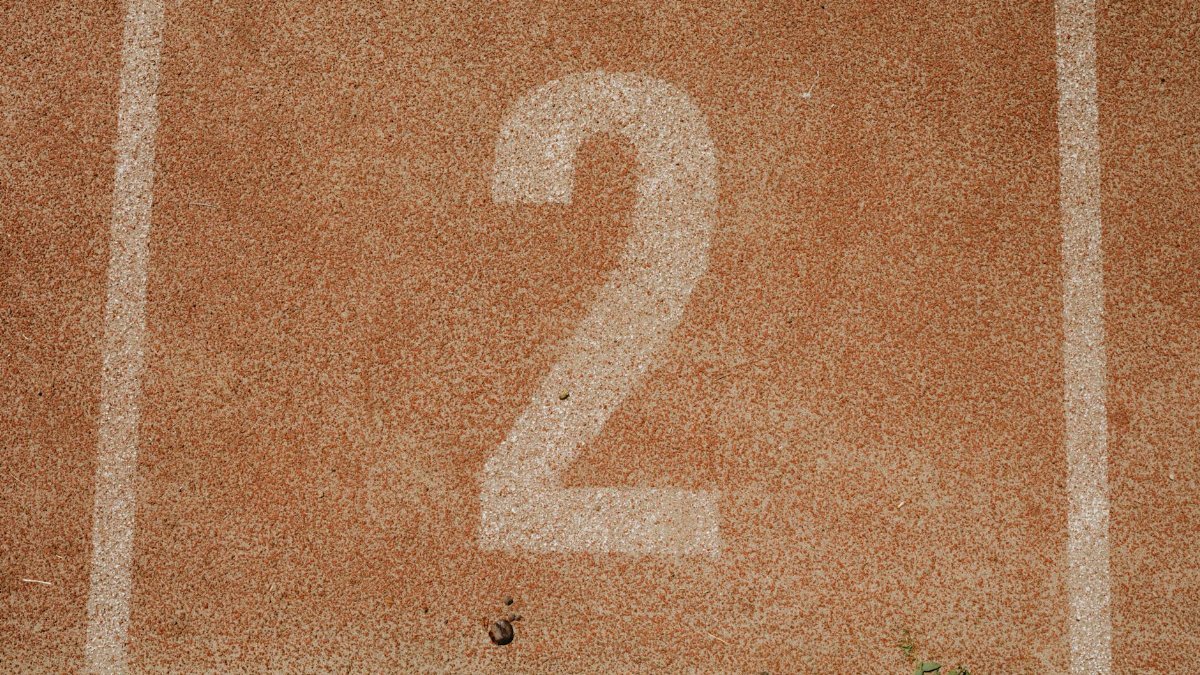In a nation where 35% of adults report short sleep duration, according to the CDC, a simple bedtime ritual is gaining traction. The two line journal—jotting down one win from the day and one wish for tomorrow—promises to quiet the mind and usher in better rest. This quick practice, taking just minutes, is touted by sleep experts as a game-changer for those tossing and turning. As Americans grapple with rising stress levels in 2025, could this minimalist journaling be the key to unlocking deeper slumber?
What Is the Two Line Journal?

The two line journal boils down to a straightforward exercise. At bedtime, you write one positive achievement or “win” from your day. Then, note one “wish” or goal for the next day. That’s it—lights out. This method stems from positive psychology principles, encouraging reflection without overwhelming the brain. Unlike lengthy journaling, it fits into busy schedules, making it ideal for modern life. Experts say it helps process emotions quickly, reducing mental clutter that often disrupts sleep.
Why It Promotes Better Sleep

Sleep issues plague many, with insomnia affecting about 30% of U.S. adults, per data from the Centers for Disease Control and Prevention. The two line journal counters this by fostering gratitude and forward-thinking. Writing a win reinforces accomplishments, releasing feel-good chemicals like dopamine. The wish aspect sets intentions, easing anxiety about the unknown. Together, they create a mental wind-down, signaling the body it’s time to rest. Users report falling asleep faster, as the ritual diverts focus from worries.
Science Behind the Practice

Research supports brief reflective writing for mental health. A study from the University of California, Berkeley, found that gratitude journaling improves sleep quality by reducing rumination. Participants who noted positives before bed slept longer and better. Similarly, setting small goals can lower cortisol levels, the stress hormone that keeps you awake. While not specifically on two-line formats, these findings align with the method’s core. In 2025, with sleep tech booming, this low-tech approach stands out for its accessibility and zero cost.
How to Get Started

Starting is simple. Grab a notebook or use a phone app—keep it by your bed. Set a timer for two minutes. First line: “Today’s win was finishing that project early.” Second: “Tomorrow, I wish to exercise for 20 minutes.” Avoid overthinking; brevity is key. Do it consistently for a week to build the habit. If handwriting feels cumbersome, dictate into a voice note. The goal is consistency, not perfection, making it sustainable for long-term use.
Common Challenges and Fixes

Not everyone dives in smoothly. Some forget amid evening chaos. Solution: Link it to brushing teeth. Others struggle recalling a win on tough days. Tip: Start small, like “I enjoyed my coffee.” Perfectionism can creep in, but remember, it’s just two lines. If negativity slips into the wish, reframe it positively. Over time, these hurdles fade, and the practice becomes second nature, enhancing its sleep-boosting effects.
Real-Life Success Stories

Take Lisa from Chicago, a busy mom who battled sleepless nights. After adopting the two line journal, she noticed calmer evenings. “It stops my brain from racing,” she says. Or Mike, a New York exec, who credits it for deeper rest amid high-pressure work. These anecdotes echo broader trends. Online forums buzz with similar tales, where users share how this quick ritual transformed their bedtime routine into a peaceful close.
Integrating with Other Bedtime Habits

Pair the two line journal with proven sleep hygiene. Dim lights an hour before bed, as recommended by the National Sleep Foundation. Follow with herbal tea or reading. Avoid screens, which disrupt melatonin. This combo amplifies benefits, creating a holistic wind-down. In 2025, as wellness apps incorporate journaling prompts, blending analog methods like this keeps things grounded and effective.
Potential Drawbacks to Consider

It’s not foolproof. For those with severe anxiety or depression, two lines might not suffice—professional help is crucial. Some find it too simplistic, preferring deeper dives. If it feels forced, it could add stress. Track your sleep patterns; if no improvement after a month, consult a doctor. Overall, it’s a low-risk tool, but listen to your body and adjust as needed.
Broader Impact on Mental Health

Beyond sleep, this practice nurtures self-care. It builds resilience by highlighting progress, combating burnout in fast-paced U.S. culture. Mental health experts note its role in positive affirmation, potentially easing symptoms of mild stress. As remote work blurs boundaries in 2025, such rituals help reclaim evenings, fostering work-life balance. It’s a small step with ripple effects on overall well-being.
Tips for Long-Term Success

To stick with it, vary your wins and wishes to keep it fresh. Review entries weekly for patterns—what boosts your mood? Share the habit with a partner for accountability. If travel disrupts routines, adapt digitally. Remember, the power lies in reflection, not eloquence. Over months, many find improved mood and energy, proving this quick method’s lasting value in mental health routines.
